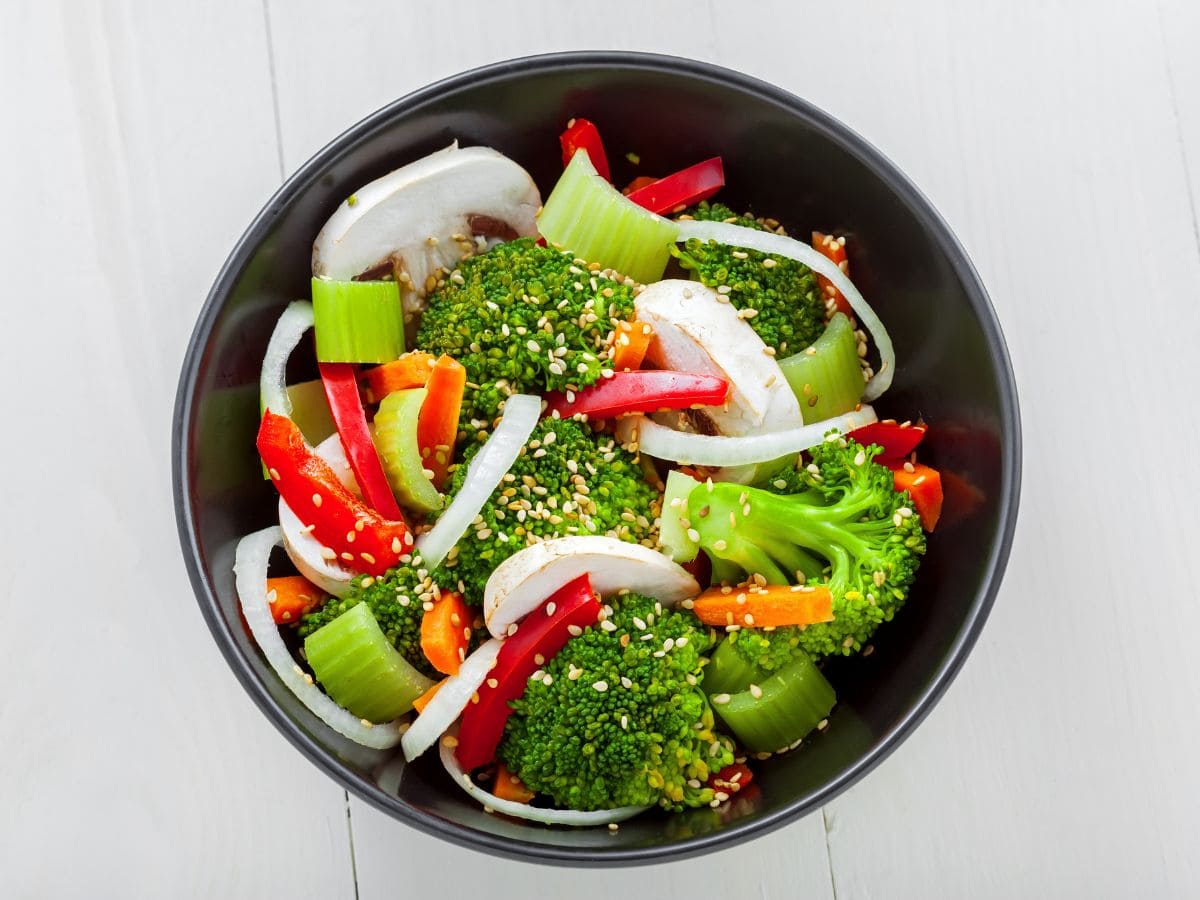
When it comes to preparing a healthy meal, the power of steaming shouldn’t be overlooked. Here’s everything you need to know about the advantages of steaming food and how to get started today.
Jump to:
While I love to grill, roast and fry. Sometimes, I’m in the mood for simpler dishes with less oil and added fat. Recently, I’ve started using my steamer basket to create delicious vegetable sides and even soft and flaky salmon. Now, I want to share everything I’ve learned about the benefits of steaming food and when it makes sense to whip out this convenient kitchen appliance. Read on, friends!
Is steaming food healthy?
Yes, steaming is a healthy cooking option. Not only does it help preserve the nutrients in the food being cooked, but it also allows you to reduce the amount of added fats and oils in your dish. That’s because steaming, unlike other cooking methods like frying and roasting, doesn’t require fat to cook.
But, keep in mind, steaming is only healthy if the food you’re making is healthy. Regardless of cooking method, some dishes are simply going to be unhealthy. So, as always, stick to nutrient dense options. You can learn more about what constitutes a healthy diet in my article on holistic nutrition.
What are the benefits of steaming food?
Steaming is a popular technique among health-conscious individuals. But what’s all the hype about? Here are 5 advantages of steaming food.
- Retains more nutrients: Steaming helps preserve the nutrients in food, as it cooks ingredients in steam rather than boiling liquid. When boiling, water soluble vitamins and minerals are leached into the cooking oil, which means they’re not in the final dish for you to benefit from.
- Enhances natural flavors: Steaming is a great way to enhance the natural flavors in food. Unlike other cooking methods like roasting, frying and grilling, it does not require the use of oils or other ingredients that can overpower the natural flavour in the food.
- Gentle on ingredients: Steaming is a gentle cooking technique. That matters because it helps prevent your food from turning tough or dry.
- Quick and convenient: With a few basic pieces of cookware and some fresh or frozen ingredients, you can easily steam a delicious dish.
- Healthier alternative: If you’re watching your fat or calorie intake, steaming may be a better cooking method for you, as it doesn’t require the use of added fats or oils.
What are the disadvantages of steaming food?
Now that you know the benefits of steaming food, it’s only fair that I make you aware of the downsides. Here are 5 disadvantages to steaming food.
- It only works with some foods: Steaming is best used when cooking delicate foods, like vegetables, seafood, and rice. When it comes to more robust ingredients, like meats or grains, it’s probably not your best bet.
- Flavor limitations: Steaming is great at enhancing the natural flavor in your food. But, if you’re looking for something a little more flavourful, you’re probably going to want to turn to grilling, roasting or frying.
- Longer cooking times: Depending on the type and size of the food being steamed, it can take a little longer to cook than other cooking techniques.
- You need special equipment: While it’s not much, you do need a steamer basket or a dedicated steamer appliance.
- No browning and caramelization: Steaming won’t give you that yearned after browning or caramelization, which may be something you’re after in your dish.
Is steaming healthier than boiling?
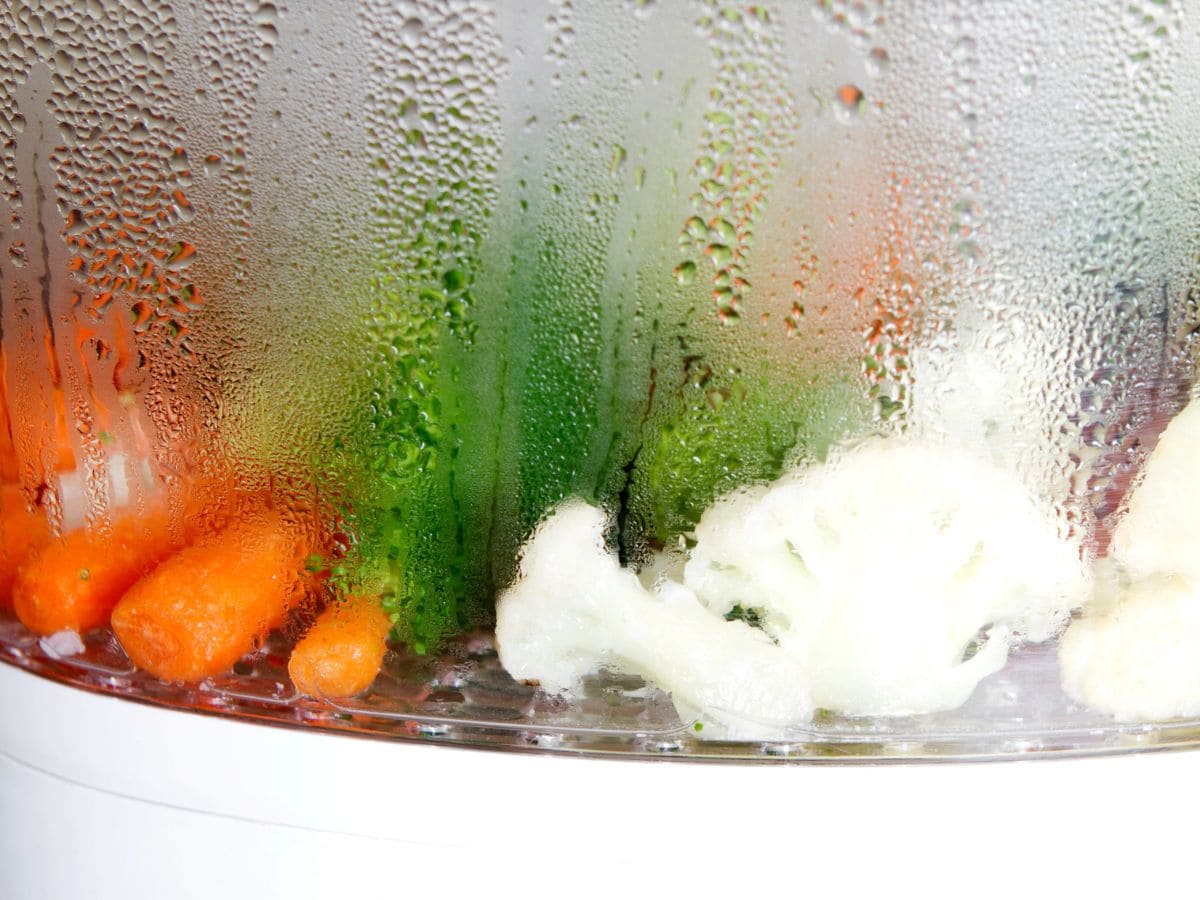
Steaming and boiling are both healthy, efficient cooking methods. But, which is healthier? Steaming. That’s because some of the water soluble vitamins and minerals in food can leach out of the food into the cooking water when boiling.
Unlike boiling, steaming does not require you to submerge your food into liquid. That means it’s less likely to strip away vital nutrients during the cooking process. And, that's just one of the advantages of steaming food.
Another bonus: steaming is often quicker than boiling!
What food can you steam in a steamer?
There are many different options when it comes to deciding what to steam in your steamer. To spark some inspiration, I’m sharing some of my favorite ways to steam below.
- Vegetables: From fresh to frozen, steaming is a great way to enjoy your favorite vegetables. It works well for everything from delicate leafy greens to tougher cruciferous vegetables.
- Rice and grains: Steaming is a great alternative to boiling. It works best on white rice - from Jasmine to Basmati. But, you can also steam everything from quinoa to bulgur.
- Seafood: Steaming helps fish and shellfish retain moisture during cooking. That means soft, flaky, delicious seafood.
- Eggs: You can make delicious hard boiled eggs with a steamer.
- Meat: While not the ideal method for most meats, you can steam chicken breasts.
How to add flavor to steamed food
As I’ve touched on, steamed food can be delicious. But, sometimes, it lacks the flavour that other cooking methods deliver.
To make sure your steamed food is both nutritious and delicious, you’ll want to be sure you’re doing a few things. First, make sure to season your ingredients with herbs, spices and marinades before steaming. Second, use a flavorful liquid in your steamer instead of water. Try using broth or wine, or alternatively adding strong ingredients like lemongrass to the water. And, finally, dress the dish up with a sauce or extra seasoning after steaming.
Let me know in the comments if you have any favourite ways of adding flavour to your steamed dishes. I’m always open to new suggestions!
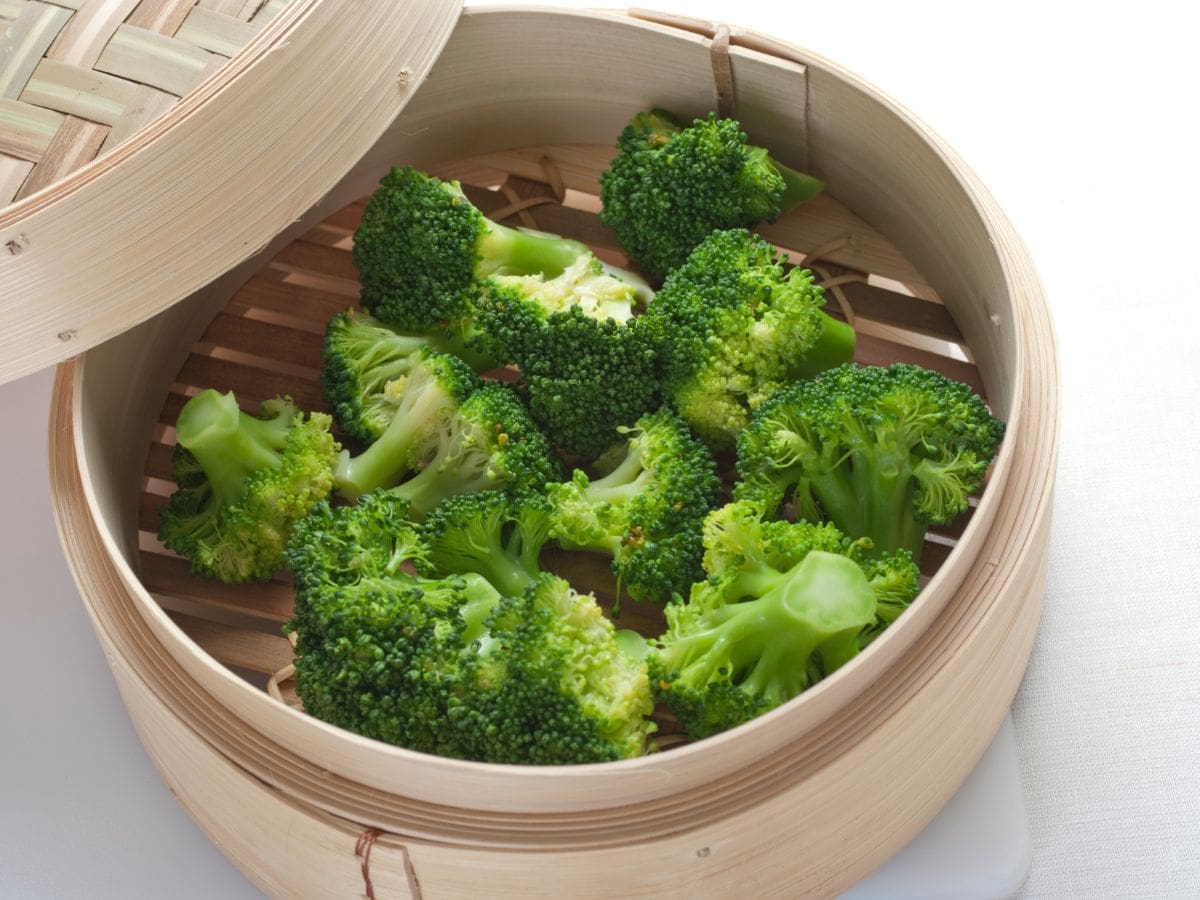
What foods are not suitable for steaming?
Steaming is a healthy and efficient way to cook many delicious dishes, but there are some foods that won’t work so well in your steamer. Here’s the list.
- Tough cuts of meat: Because steaming is a gentle cooking method, it doesn’t do a great job at cooking tougher cuts of meat. Unfortunately, they’ll become tough when steamed.
- Starchy foods: Foods that are high in starch, like potatoes and pasta, are likely to become a little mushy when steamed.
- Dried beans and legumes: While you can steam these, boiling is a more suitable option. When steamed, the ingredients take longer to cook and have a firmer texture.
Types of steamers
With a few basic pieces of cookware and some fresh or frozen ingredients, you’ll be on your way to steaming delicious recipes.
But, what cookware do you need? Well, you have a few options. I’ve shared the most popular below, along with my top pick that you can easily snag from Amazon or your local kitchen store.
Here are your options:
- Steamer basket: A perforated basket that fits inside a saucepan. To use it, a pot is filled with water and the stovetop steamer is fitted inside. Then, food is placed in the basket and the saucepan is transferred to the stove. As the water boils, steam cooks the food. Easy, small, and minimal cleaning - win!
- Bamboo steamer basket: A bamboo steamer is similar to a stovetop steamer. This traditional Chinese cooking instrument comes with a stack of lidded bamboo baskets. These baskets are filled with food and placed in a pot of boiling water. Again, steam cooks the food inside.
- Electric steamer: An electric steamer is a stand-alone kitchen appliance that uses electricity to generate steam. Generally, it comes with a water tank and one or more stacking tiers for the food.
- Microwave steamer: A microwave steamer is a plastic container with a perforated basket inside. The steamer is filled with water, and the food is placed in the basket. As the water boils in the microwave, the steam cooks the food.
Personally, I use the steamer basket because it’s easy to use and doesn’t require a lot of storage space. I don’t know about you, but my cupboards are getting crowded!
Caitey Jay's Top Picks:
 Buy Now →
Buy Now →  Buy Now →
Buy Now →  Buy Now →
Buy Now →  Buy Now →
Buy Now → Similar articles
Fast facts
- Steaming helps ingredients retain more of their nutrients.
- Steaming is a great way to enhance the natural flavor in foods. To add extra flavor, you can also use seasonings, sauces, and flavored cooking liquids.
- Steaming is gentle on ingredients, and works best on vegetables, grains, eggs, chicken and fish. It doesn't work well on tough cuts of meat or starchy foods.
- All you need to start steaming is a steaming basket or stand along kitchen appliance.
Now that you know everything you need to know about the advantages of steaming, what other kitchen tools do you want to learn about? Let me know in the comments below and I'll be sure to answer them as best I can.


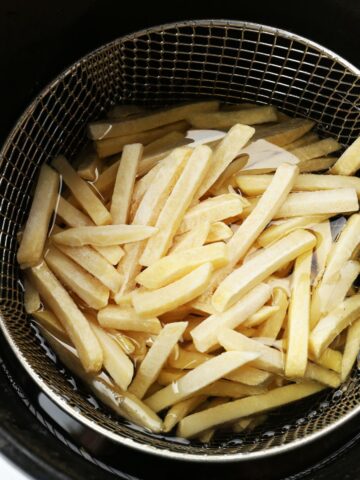
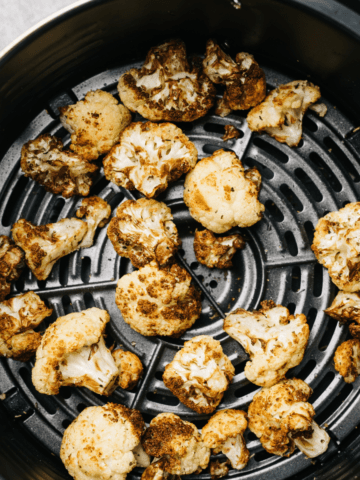
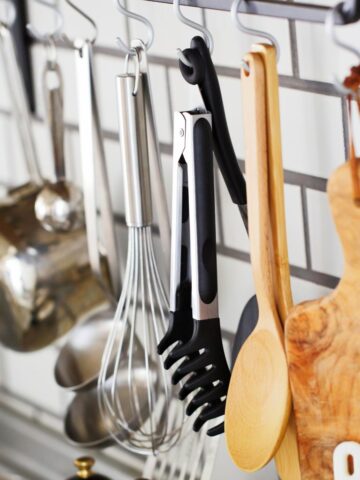
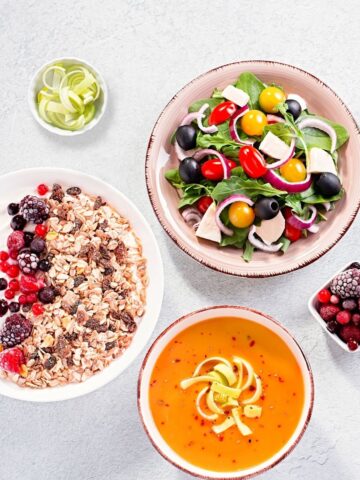
Leave a comment!